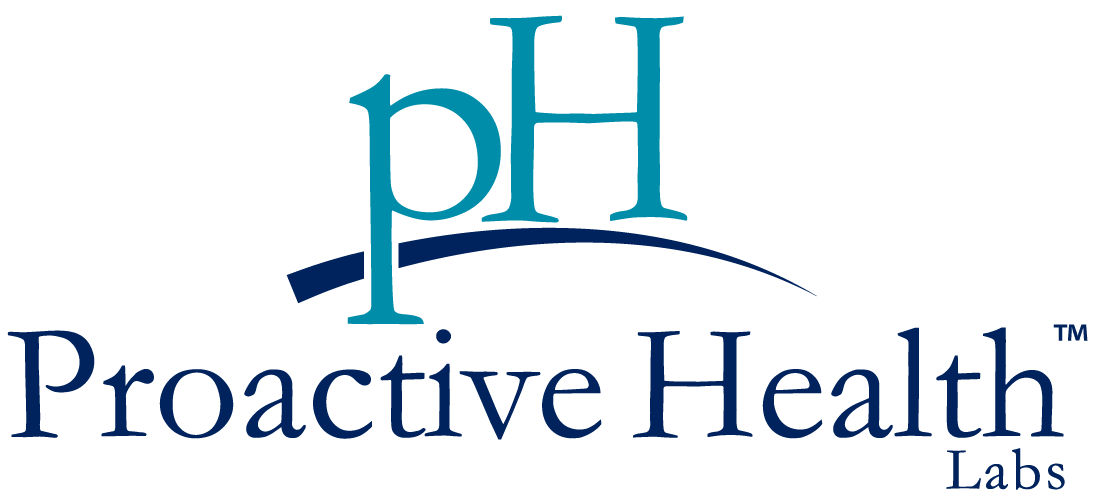The Skinny On Good Fat, Bad Fat And The In Between
7 years ago | Nutrition
By Joy Stephenson-Laws, JD, Founder
Do you remember when coconut oil became one of the most popular “health foods” on the market? People could not seem to get enough of this supposed miracle oil!
In fact, several reports claimed that coconut oil could boost your immunity and help you lose weight. And if you Google “coconut oil and weight loss” or “coconut oil and immunity,” you will see no shortage of articles praising the benefits of coconut oil. Some even referred to coconut oil as good fat. And coconut oil generated in excess of $229 million in sales in 2015.
But the American Heart Association (AHA) forever changed people’s views on coconut oil when during the summer of 2017 the mega non-profit organization and major leader in heart health care said that coconut oil is really not good for you.
According to the AHA, 82% of the fat in coconut oil is saturated fat and “...because coconut oil increases LDL cholesterol, a cause of CVD [cardiovascular disease], and has no known offsetting favorable effects, we advise against the use of coconut oil.”
So as you can probably imagine, coconut oil sales have drastically dropped. Reportedly, by the end of 2017, coconut oil retail sales dropped by $52 million (24.3 %).
This is not the first time the discussion of dietary habits in the United States has steered people in the wrong direction. In the 1990s, Americans were made to believe that fat in general was not good for their health and something that should be avoided. If you were around during that time, you probably remember there was an explosion of low-fat and reduced fat products in the grocery store aisles.
But the truth is our bodies need some form of fat from food, just as they need other nutrients like water, protein, carbohydrates, vitamins and minerals. In fact, the United States Dietary Guidelines recommend that fat should make up 20 to 35 percent of our total daily caloric intake.
“It's a major source of energy. It helps you absorb some vitamins and minerals. Fat is needed to build cell membranes, the vital exterior of each cell, and the sheaths surrounding nerves,” reports Harvard Health.“It is essential for blood clotting, muscle movement, and inflammation.”
But, of course, not all fats are created equal!
There is a major difference between consuming fat from an avocado compared to consuming fat from an ultra-processed food such as a donut or piece of salami.
The good and the bad fats.
Healthy fats are usually liquid at room temperature, not solid. There are two main categories of good or healthy fats: monounsaturated and polyunsaturated fats.
You can get monounsaturated fat from foods, including olive oil, peanut oil, canola oil, avocados, safflower oil and most nuts.
There are many studies which suggest that populations that consume high amounts of monounsaturated fats from extra virgin olive and nuts may be protected against heart disease and metabolic syndrome.
Foods that contain polyunsaturated fat include corn oil, sunflower oil, safflower oil, walnuts and sunflower seeds. A particular type of polyunsaturated fat you may be familiar with are omega-3 fatty acids (found in oily fishes like salmon). Brussels sprouts, kale and spinach also contain omega-3 fatty acids.
“Polyunsaturated fats are used to build cell membranes and the covering of nerves. They are needed for blood clotting, muscle movement, and inflammation,” according to Harvard Health.
And both monounsaturated and polyunsaturated fats may have a positive effects on insulin sensitivity, possibly making them good for the prevention and management of diabetes.
If all of this is not enough to make you a believer of good fats, one recent study found that consumption of extra virgin olive oil (a source of monounsaturated fat) was associated with improved cognitive functions in elderly people.
“Extra virgin olive oil is the best quality oil and may have a neuroprotective effect,” according to the study.
It may reduce the risk of developing Alzheimer’s and other types of dementia.
Fats to avoid?
“The worst type of dietary fat is the kind known as trans fat. It is a byproduct of a process called hydrogenation that is used to turn healthy oils into solids and to prevent them from becoming rancid,” reports Harvard Health.
Foods like cookies, crackers, muffins, pies, frozen pizza, french fries and stick margarines are examples of foods that contain trans fats. Keep in mind that small amounts of trans fats do naturally occur in some foods, like meat and dairy products.
And although we are big fans of people reading food labels and being nutrition information detectives, you cannot always depend on these labels to be completely honest.
According to one report, many processed food products are labeled “trans-fat free.” But this may not be entirely true. Apparently, as long as a product contains less than 0.5 grams of trans fat per serving a product may be labeled “trans-fat free.”
Trans fats may increase your risk for heart disease and other major health issues, like cancer.
And finally, saturated fats (which coconut oil contains a lot of) fall somewhere in the middle between good (polyunsaturated and monounsaturated) and bad (trans) fats. Saturated fat may raise your total serum cholesterol. But if you are thinking of replacing saturated fatty acids with trans fatty acids, not only will you raise your LDL cholesterol but you may also lower HDL (good) cholesterol.
Baked goods and fried foods contain saturated fat in addition to trans fat. But lamb, pork, poultry with skin, butter, cheese and other dairy products also contain saturated fat.
In addition to coconut oil, palm oil and palm kernel oil also contain saturated fat.
Some guidelines for fat consumption.
The 2015 Dietary Guidelines for Americans recommend that for adults, between 20 and 35 percent of energy should come from fat. Among 4 to 18-year-olds, the recommendation is 25 to 35 percent and 30 to 40 percent for children one to three years of age.
- Consume less than 10 percent of calories from saturated fatty acids by replacing them with monounsaturated and polyunsaturated fatty acids.
- Keep trans fatty acid consumption as low as possible by limiting foods that contain synthetic sources of trans fats, such as partially hydrogenated oils, and by limiting other solid fats.
- Reduce the intake of calories from solid fats. Use oils to replace solid fats where possible.
- Replace protein foods that are higher in solid fats (eg, red and processed meats) with choices that are lower in solid fats and calories and/or are sources of oils. These include seafood, legumes (beans and peas) and nuts, seeds and soy products, as well as lean meats, poultry and eggs.
- Health effects of dairy fats remain uncertain and controversial. Most guidelines, including the 2015 Dietary Guidelines for Americans, continue to recommend low-fat dairy products.
Finally, remember you can determine whether your dietary fat is present in a balanced proportion in your body by getting a nutrient test. This way, you can be proactive about which fats to increase or reduce.
Enjoy your healthy life!
The pH professional health care team includes recognized experts from a variety of health care and related disciplines, including physicians, health care attorneys, nutritionists, nurses and certified fitness instructors. To learn more about the pH Health Care Team, click here.







